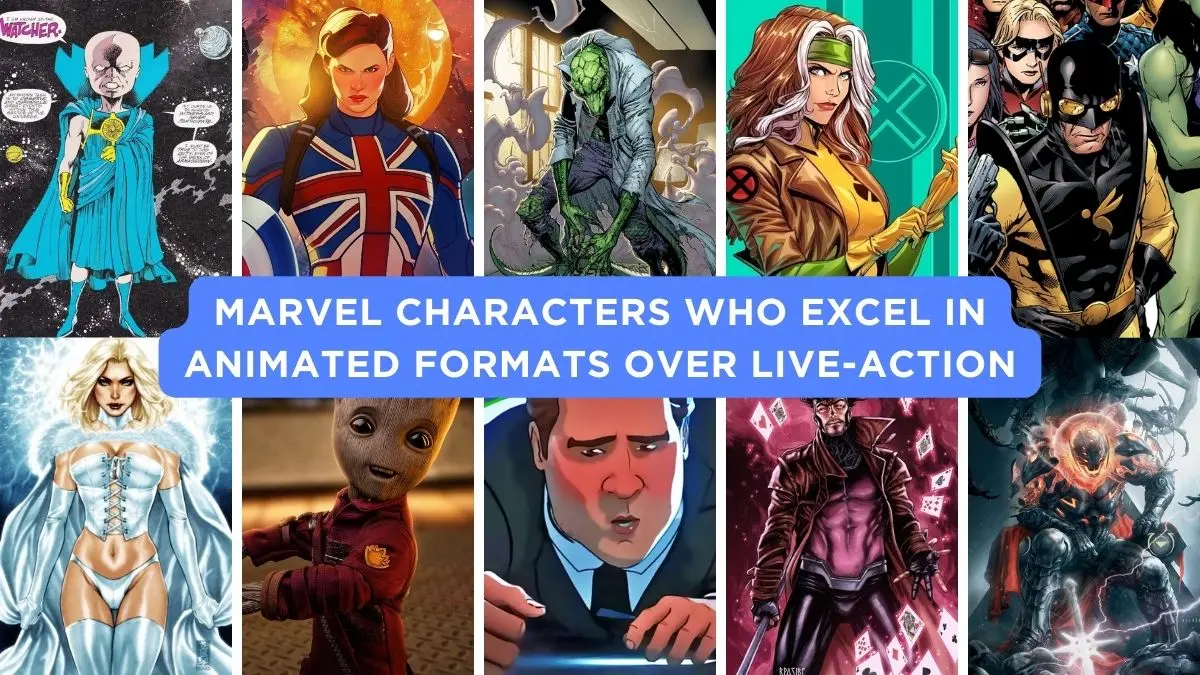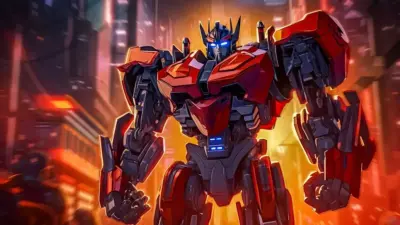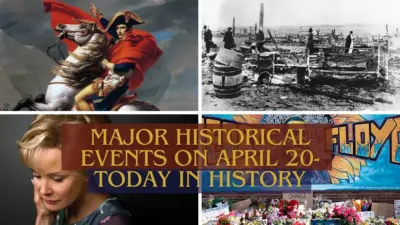Marvel has long been a powerhouse in both comic books and on-screen adaptations, captivating audiences with an array of superheroes who possess unique powers and compelling backstories. However, while many characters have thrived in the world of live-action cinema, there are those who truly shine in animated formats. Animation allows for a freedom of expression and creativity that live-action sometimes restricts due to the limitations of physical effects and practical filmmaking.
The animated world offers an opportunity to explore these characters in ways that live-action cannot, from exaggerated physics and vibrant visuals to more profound explorations of fantastical elements. This environment is perfect for showcasing the more surreal and powerful aspects of Marvel’s heroes and villains, often leading to a richer and more dynamic portrayal. In this article, we delve into ten Marvel characters who, through the magic of animation, find a more fitting canvas for their extraordinary abilities and stories.
Marvel Characters Who Excel in Animated Formats Over Live-Action
The Watchers
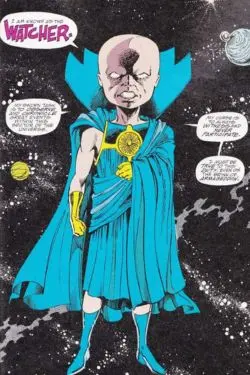
The Watchers, a pivotal group in Marvel Comics, generated considerable excitement when they made a cameo in “Guardians of the Galaxy: Vol. 2.” However, their appearance primarily served to provide a backstory for Stan Lee’s recurring cameos across various Marvel films, rather than to delve into the rich lore surrounding these cosmic beings. Despite their brief on-screen time, the potential for deeper exploration in live-action remains untapped.
On the other hand, the animated series “What If…?” offers a more in-depth portrayal of Uatu, one of the most significant Watchers. Uatu is bound by an oath of non-interference, yet he frequently finds himself drawn into human affairs, highlighting the complexity of his character. His narrative role was expanded in the “I Am Groot” series, where his abilities as a storyteller and guardian of Marvel’s vast history were more prominently featured. This depiction underscores Uatu’s potential for a more substantial and impactful role in future live-action adaptations, suggesting that his profound connection to the Marvel Universe could be further explored on the big screen.
Captain Carter

Peggy Carter has been an outstanding character throughout her appearances in the Marvel Cinematic Universe (MCU). From her initial role in the original “Captain America” film to leading her own series in “Agent Carter,” Peggy has consistently demonstrated her worth as a compelling lead character. However, her evolution took an intriguing turn with the animated series “What If…?” which introduced Captain Carter, a variant based on Captain America.
In “What If…?”, Captain Carter is portrayed as a heroic and determined leader with a complex and poignant backstory. This version of Peggy excels as the central figure of the series, displaying profound leadership and tactical skills that frame her as the protagonist throughout the animated saga. Yet, her transition back to live-action in “Doctor Strange in the Multiverse of Madness” was underwhelming. Captain Carter received limited screen time and met a grim fate, which many fans felt did not do justice to her character’s legacy. A more focused and extended portrayal in live-action could potentially showcase the depth and heroism of Captain Carter in a manner akin to her animated success, providing the character the respect and development she deserves.
The Lizard
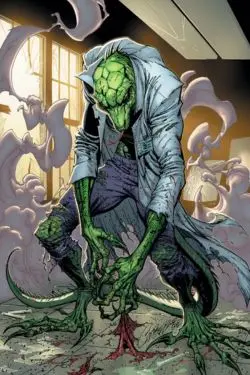
The Lizard stands out as a quintessential adversary in the Spider-Man saga, epitomizing the inner conflict between Dr. Curt Connors and his monstrous alter ego. This duality underscores the poignant struggle of the man versus the beast within him. In live-action adaptations, he was compellingly portrayed in The Amazing Spider-Man, with his character depth well-maintained; however, his brief return in Spider-Man: No Way Home somewhat diluted this earlier development, as he was less pivotal to the plot.
In contrast, the animated series within the Marvel Animated Universe—which includes Spider-Man: The Animated Series and connects with X-Men: The Animated Series and the new X-Men ’97—provides a more faithful representation of The Lizard. Here, he is depicted as more ferocious and beast-like in his transformed state, aligning more closely with his comic book origins. Yet, it’s his complex relationship with Peter Parker and his personal dilemmas that enrich his character, presenting a more nuanced and relatable figure. This animated portrayal allows for a deeper exploration of his identity crises and moral conflicts, making him an even more compelling character in the animated domain.
Rogue
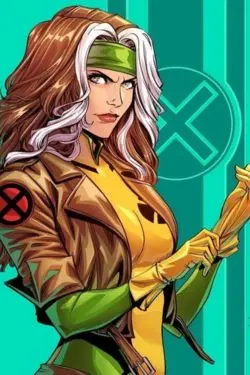
Rogue is a character rich with potential, beloved in both the comic book world and among moviegoers. In the initial X-Men films, she was portrayed with complexity and depth, particularly highlighted through her quasi-parental relationship with Wolverine, which stood out as a central element of the first movie. This bond provided a solid foundation for her character, though her development in subsequent films didn’t quite capture the full essence of Rogue as depicted in the comics.
In contrast, X-Men: The Animated Series offered a portrayal much closer to the comic book version of Rogue, including her origins tied to Ms. Marvel. This animated adaptation allowed for a deeper exploration of her formidable powers and complex personality, elements that were sometimes glossed over in live-action. Following up on this, X-Men ’97 has further delved into both her strengths and vulnerabilities, presenting a more nuanced and faithful version of Rogue. As the Marvel Cinematic Universe (MCU) plans to reintroduce Rogue, the characterizations from these animated series could provide valuable groundwork, ensuring a richer and more authentic representation in future live-action adaptations.
Hank Pym
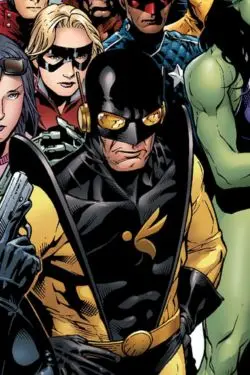
Hank Pym is a complex character in Marvel’s vast universe, known for his dual legacy of heroism and troubling behavior. In the comic books, Pym has been portrayed as deeply flawed, involved in numerous controversial acts that have tainted his character. These moments of darkness are juxtaposed against his achievements, creating a conflicted and multifaceted figure that constantly struggles with his past actions.
In the live-action Ant-Man films, Pym is depicted somewhat differently, portrayed as a more redeemable and sympathetic character, albeit still flawed. This version of Hank Pym softens some of the harder edges seen in the comics, making him more palatable for a broader audience. On the other hand, the animated series “What If…?” explores a darker side of Hank Pym, aligning more closely with his comic book persona. In this series, Pym turns villainous, embarking on a mission to eliminate other heroes in a storyline filled with vengeance and moral ambiguity. This depiction underscores the potential for Marvel Studios to explore a balance between his darker comic book elements and his more redemptive cinematic portrayal, offering a richer and more nuanced interpretation of the character across different media.
Emma Frost
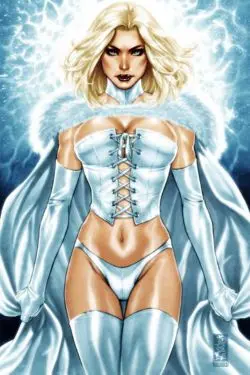
Emma Frost, also known as the White Queen, is a formidable character in the Marvel Universe, wielding impressive psychic powers and playing a pivotal role within the mutant community. As a member of the X-Men, a key figure on the Krakoan Council, and a past leader of the Hellfire Club, Frost is known for her bold and confrontational style. However, her portrayal in the live-action film “X-Men: First Class” did not do justice to her character, reducing her to a minor and largely forgettable antagonist.
In stark contrast, Emma Frost’s characterizations in “X-Men: The Animated Series” and the more recent “X-Men ’97” align much closer with the complexities and depth found in the comic books. These animated adaptations highlight her strategic mind and her capacity to be both manipulative and caring, traits that make her a compelling leader and a potential major antagonist. Given this richer, more nuanced portrayal, the MCU could benefit significantly by reimagining Emma Frost in live-action, taking cues from her animated appearances to create a character that truly embodies the powerful, multifaceted leader she is meant to be.
Baby Groot

Initially, Baby Groot may have seemed like a clever marketing strategy designed to sell merchandise and attract mainstream audiences to the Guardians of the Galaxy series. However, as the story unfolded, Baby Groot’s narrative evolved into a poignant coming-of-age tale. In this narrative, Rocket assumes a paternal role, nurturing Baby Groot’s development, which in turn enriches both of their characters.
The standalone series “I Am Groot” has effectively liberated the character from previous constraints, positioning Groot as the protagonist he was always destined to be. This CGI-animated series is infused with charm, heart, and humor, effectively showcasing Groot’s full potential not just as a character but as a central figure in storytelling. This series highlights Groot’s journey from an underdog to a hero, proving that he is more than just a side character. The animation allows for creative freedom in depicting Groot’s unique abilities and growth, making it an ideal medium to explore his complex persona and the world around him.
Happy Hogan
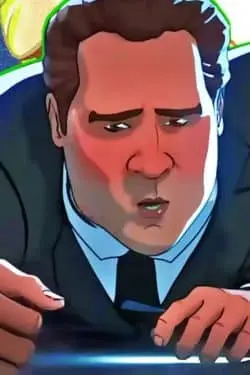
In the original Marvel comics, Happy Hogan played a relatively minor role, but his character underwent a significant transformation in the Iron Man movies. He emerged as a valiant leader, Tony Stark’s steadfast companion, and a mentor to Spider-Man, embodying both comic relief and a loyal sidekick. However, despite his endearing qualities and closeness to key superheroes, Happy was never fully portrayed as a standalone hero.
The animated series “What If…?” offered a fresh perspective on Happy’s potential by granting him Hulk-like powers, reminiscent of the Freak character from the comics. This storyline showcased a more formidable and action-oriented side of Happy Hogan, diverging from his usual supporting roles. Although it was a brief plot point, it hinted at exciting possibilities for his character’s development. Integrating this transformation into the live-action Marvel Cinematic Universe (MCU) could significantly change the pace of future narratives, allowing Happy to step into the limelight and actively engage in superhero battles. This shift would not only add depth to his character but also enrich the dynamic within the MCU by highlighting a beloved character’s evolution into a true hero.
Gambit
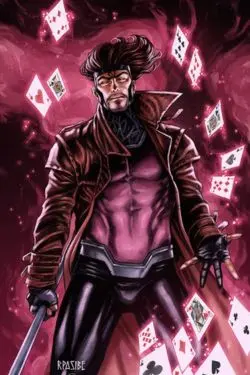
Gambit’s cinematic rendition in “X-Men Origins: Wolverine” left much to be desired. Although the visual effects capturing his kinetic energy manipulation were impressively executed, and there was a certain spark in the performance, the character lacked the intrinsic charm and layered complexity that fans cherished in the comic books. As Marvel continues to introduce new heroes into the Marvel Cinematic Universe, there is a strong case for a more faithful, comic-accurate portrayal of Gambit.
In contrast, Gambit’s depiction in “X-Men: The Animated Series” and the more recent “X-Men ’97” truly resonates with the essence of the character as envisioned in the comics. These animated series excel in portraying him as rugged yet charming, deeply romantic, and perpetually entwined with Rogue. His abilities are not only visually striking but are also employed in clever and varied scenarios that highlight his strategic mind and adaptability. This animated Gambit fully embodies the character’s charisma and emotional depth, wearing his heart on his sleeve and engaging viewers with his compelling persona.
Ultron
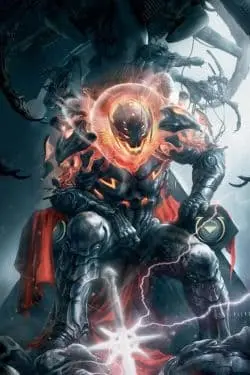
Ultron stands as a formidable antagonist within the Marvel Universe, making recurring appearances that underscore his significance. While he showcased considerable potential in the Marvel Studios’ film “Avengers: Age of Ultron,” his defeat at the film’s conclusion somewhat limited his impact, preventing him from becoming the persistent menace he is often portrayed as in the comics. However, his influence persisted in a different form, notably through Vision, who embodied many of Ultron’s characteristics and continued his narrative in intriguing ways.
Recognizing Ultron’s potential, Marvel cleverly reintroduced him as the primary villain in the first season of the animated series “What If…?”. Here, Ultron was depicted as a chilling and formidable force, effectively uniting the Multiverse’s heroes against him. The animated format allowed Ultron to be portrayed as an overwhelming threat, showcasing his full destructive capabilities and strategic acumen, which were enhanced by the animation’s ability to transcend the limitations of live-action, particularly in the depiction of his advanced technology and apocalyptic vision. This adaptation effectively highlighted why Ultron remains one of the most powerful and enduring villains in Marvel’s expansive roster.
Also Read: 10 Marvel Characters Brainiac Would Want to Add to His Collection
